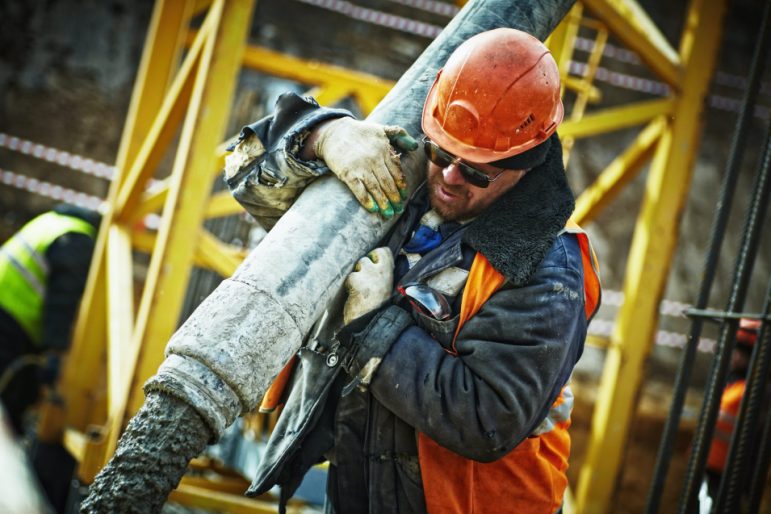Whether a worker is disinfecting surfaces, fixing a roof, restoring water damage, or any other of the countless cleaning and maintenance jobs that are required day to day, worker safety must be paramount for employers and managers.
The expectations and requirements for frontline cleaning staff can change frequently as information evolves and regulations shift over time. AFFLINK notes that making sure employees not only have the proper equipment on hand but understand how to use it is vital to reducing the number of infections, injuries, or other reportable incidents in the workplace.
AFFLINK’s Worker Safety Supply Checklist outlines eight essentials for facility managers and workers to ensure worker safety.
Fall prevention equipment
The use of scaffoldings or platforms is required after four feet above the ground from the Occupational Safety and Health Administration (OSHA). Jobs such as cleaning degreasing units or galvanizing tanks also require fall prevention equipment as a necessity.
Face and eye protection
Basic, yes, but crucial. Examples of adequate protection include face shields, eye wash stations, and respirators. For the handling of cleaning chemicals, these tools are especially vital for frontline crews.
Head gear
Whether it is window cleaning or elevated cleaning or maintenance, headgear should always be on hand for employees. Of all deaths caused by injury, traumatic brain injuries count for nearly a third (30 per cent) of the total.
Hearing protection
While this is perhaps more applicable for exterior maintenance or when frontline cleaning crews are nearby construction sites, hearing equipment such as coverings or plugs can go a long way toward preventing hearing loss for any frontline worker, and this is one of the most common on-site hazards.
Hand protection
Each year, over one million hospital cases are recorded regarding hand injuries. Of this total, 70 per cent of them involved patients who either wore gloves improperly or didn’t wear them at all. In healthcare settings, covering up open cuts can be especially critical to prevent injuries or infection.
Back support
Ergonomics is an important area of focus in the commercial cleaning industry, notably with carpet care equipment. Through the use of back belts and pneumatic lifts, back injuries can be diminished or prevented entirely through equipment and teaching proper lifting techniques for a variety of different cleaning tasks.
Foot protection. From heavy cleaning machinery to janitor carts, there’s always the risk of frontline cleaning crews getting their foot run over or having something puncture it. 200,000 foot-related injuries are reported to OSHA each year, but the use of fibreglass or steel-toed boots can prevent impact and exposure to chemicals.
Safety signage: Finally, communication is key. Installing signage not only serves as a handy reminder to frontline cleaning crews with a lot on their plate to use proper equipment, but it sends a message as a facility that safety is a priority among employees and frontline staff alike.









